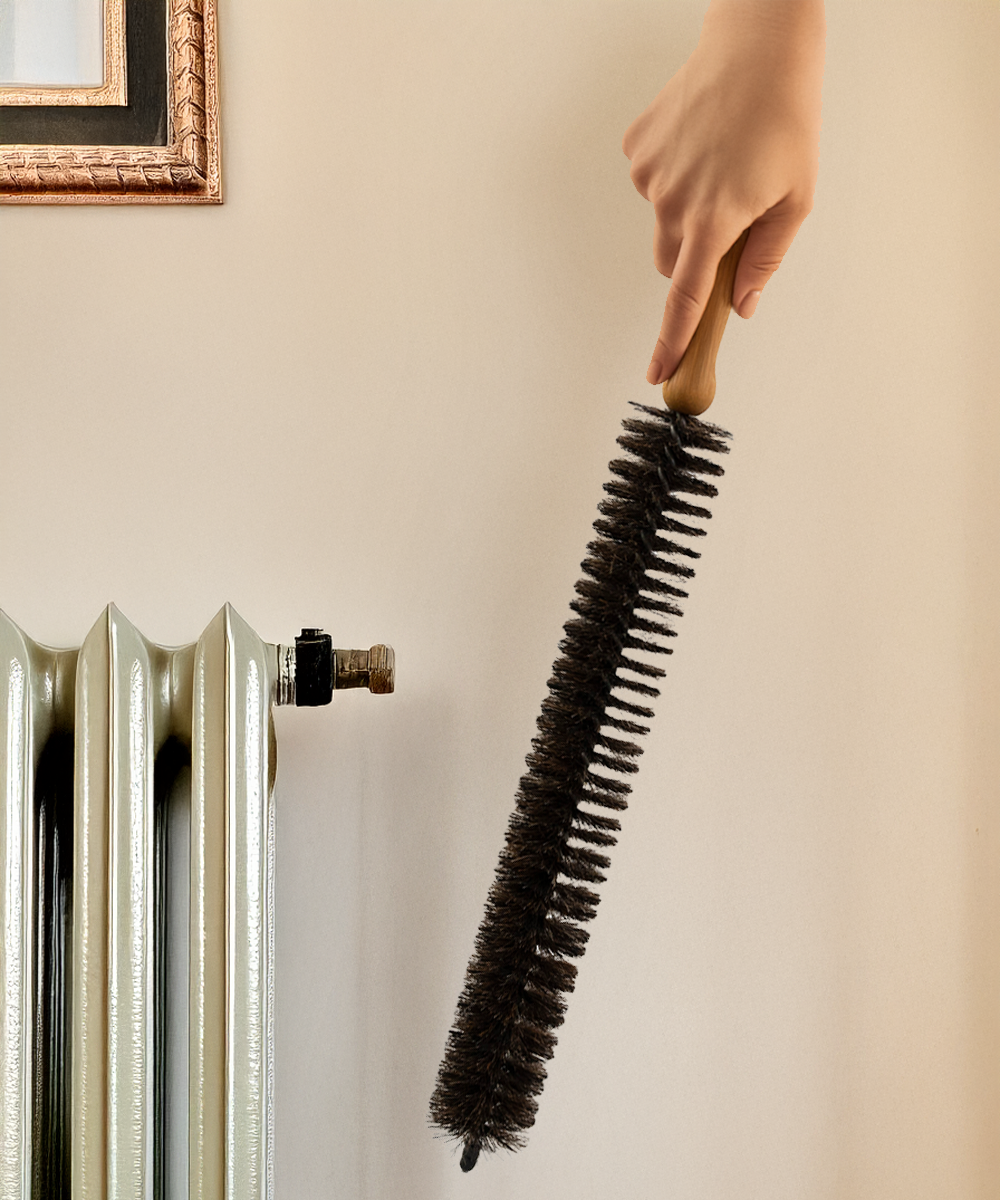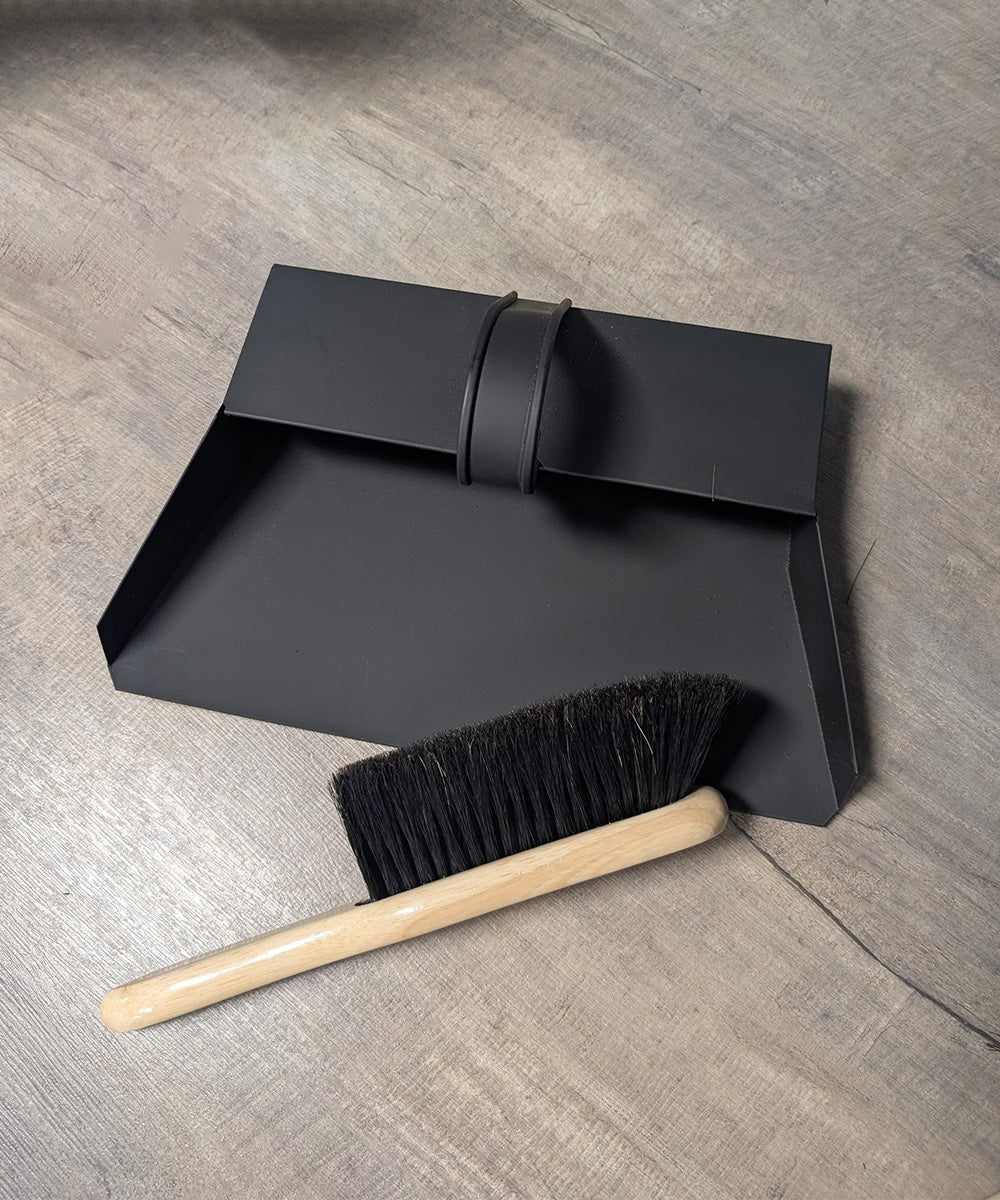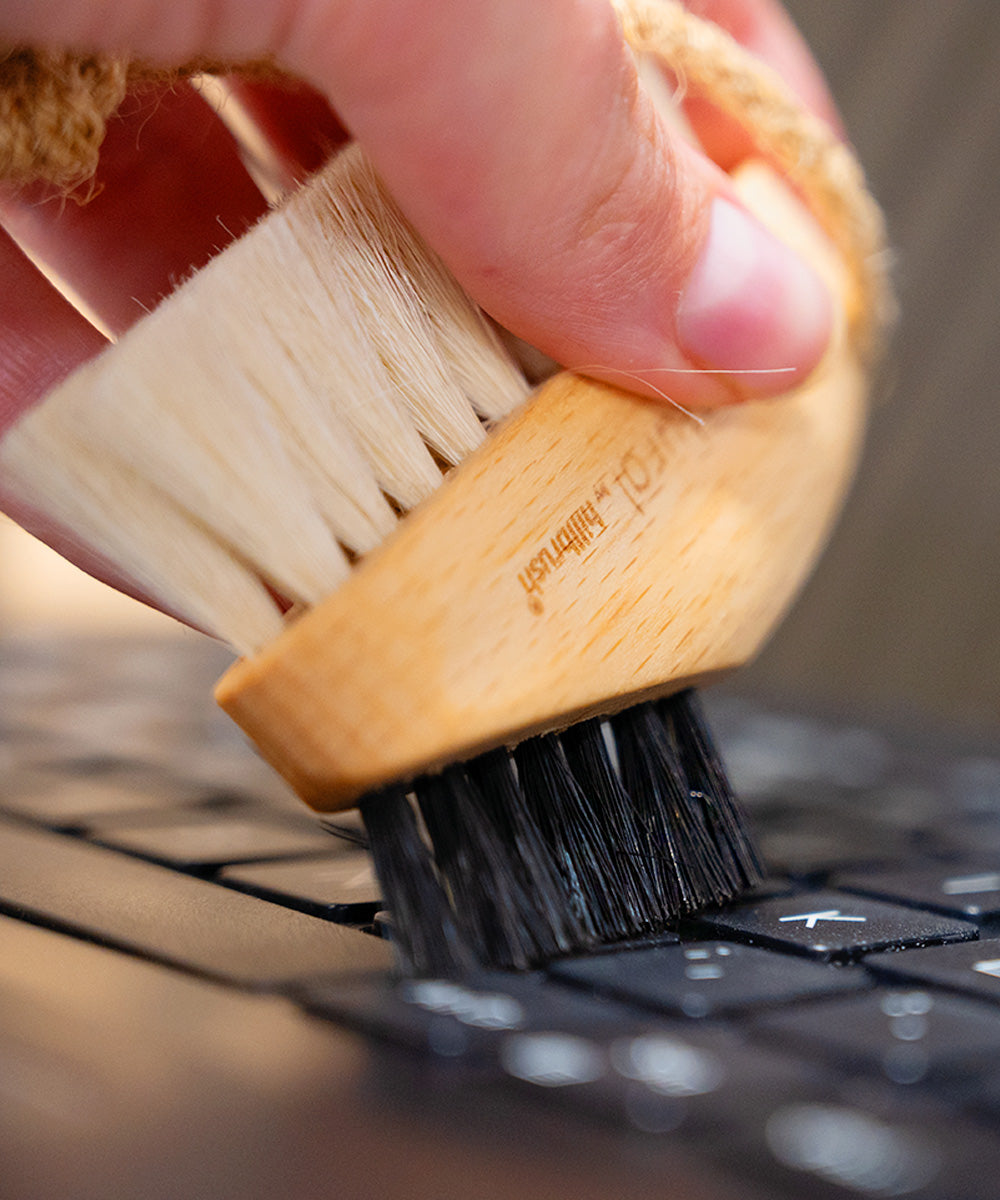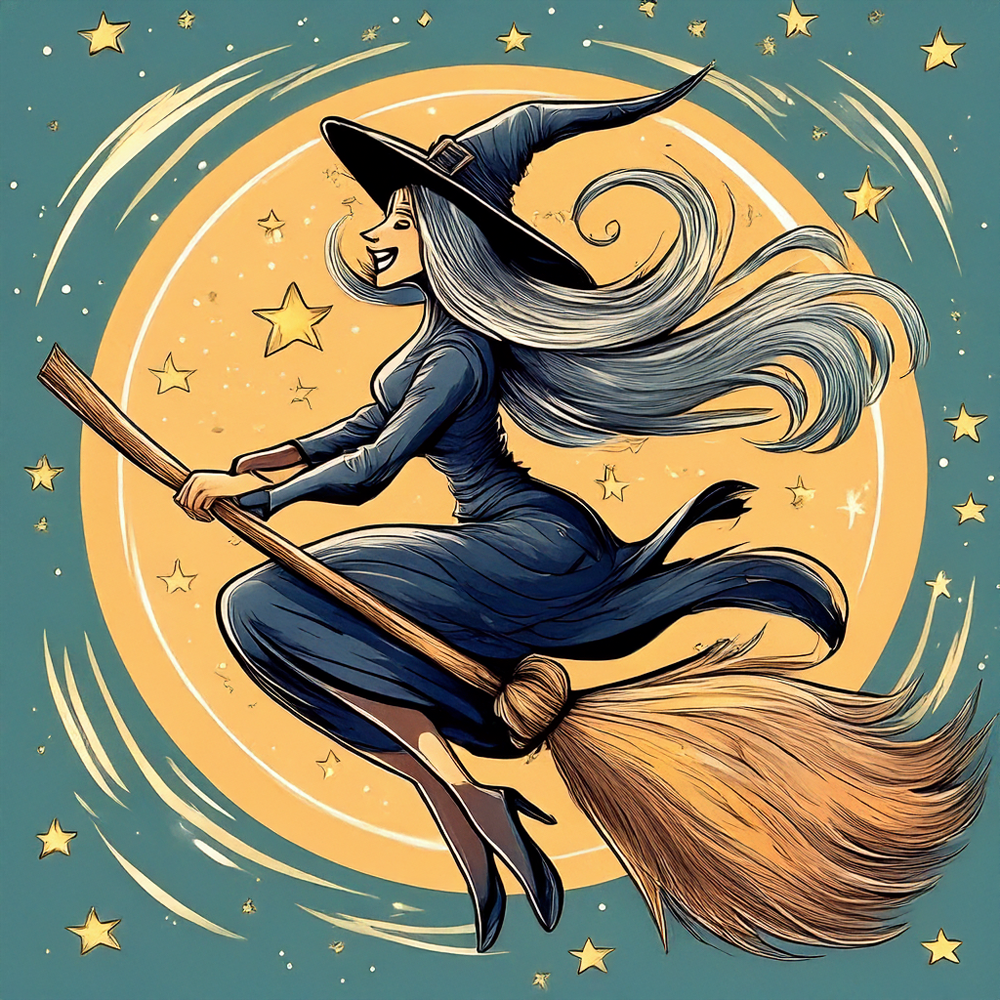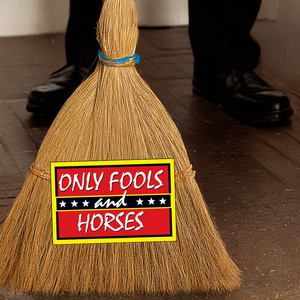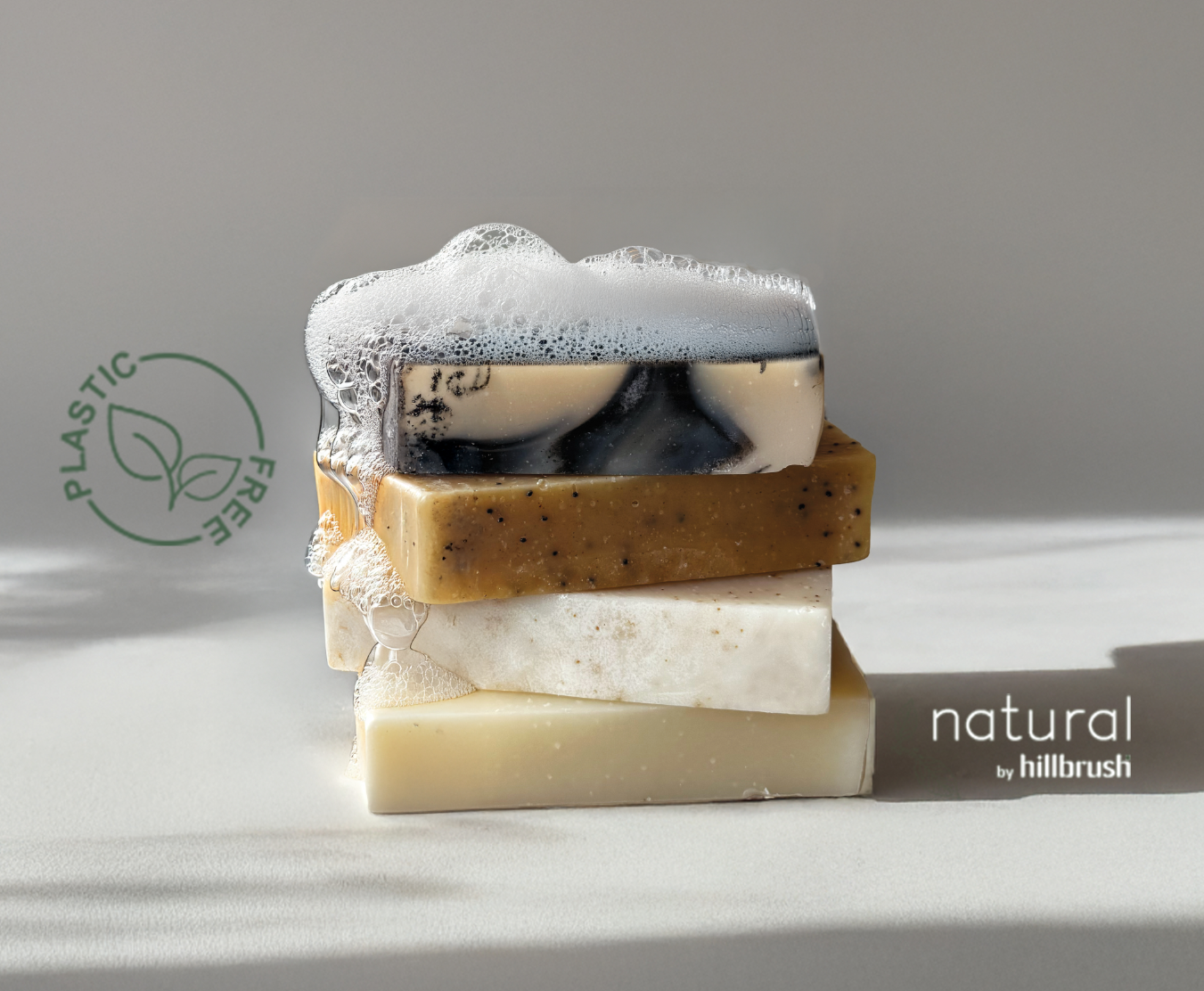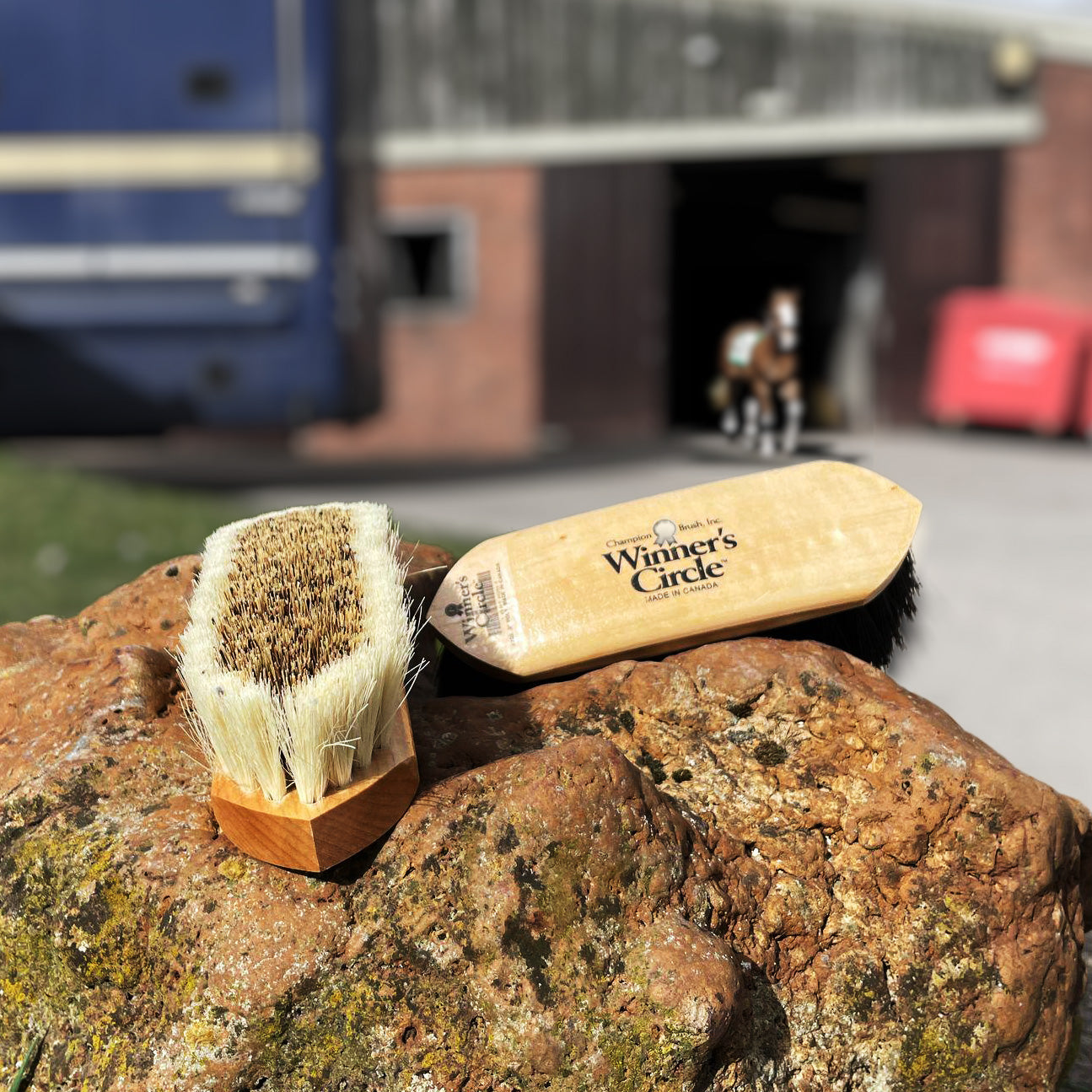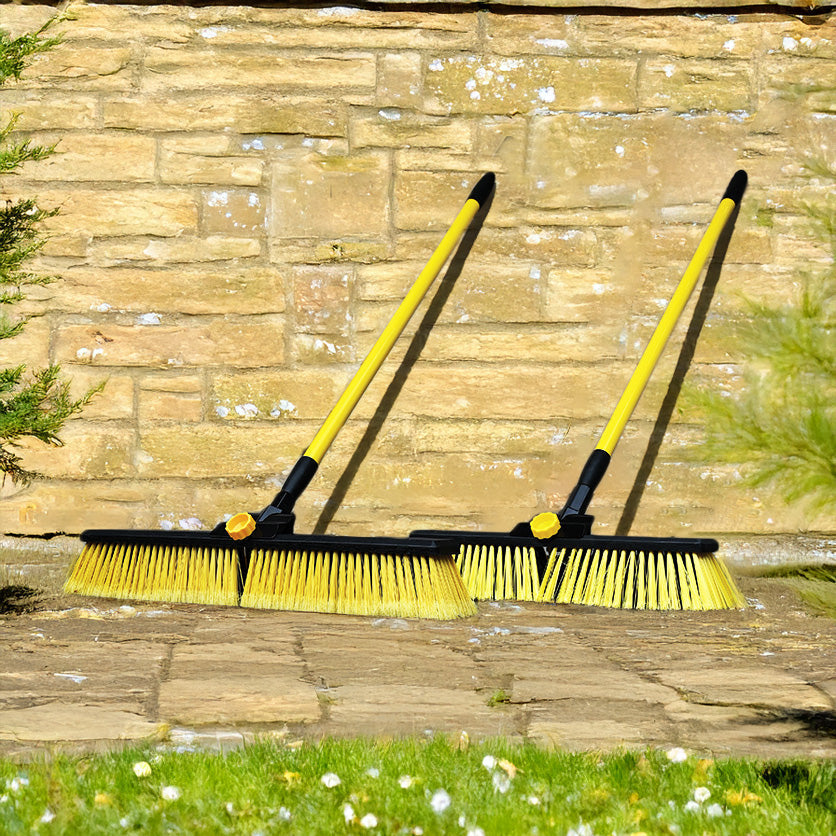It’s a classic image: a witch soaring across the moonlit sky, cackling as she clutches a wooden broomstick. But have you ever stopped to wonder—why a broom? Of all the objects in the medieval home, why did this humble cleaning tool become the vehicle of choice for mystical midnight journeys? And, more importantly, could it have been the very first Nimbus 2000?
A Sweeping History
Brooms have been a household essential for centuries, used to keep homes tidy long before vacuum cleaners took over. In fact, the word “broom” originally referred to the type of plant—broomcorn—that was bound together to make these sweeping tools. But how did something so practical become entangled in myth and magic?
The Origins of the Flying Broomstick
The connection between witches and broomsticks dates back to the Middle Ages, when tales of sorcery and supernatural mischief ran rampant. One theory suggests that brooms were associated with pagan fertility rituals, where people (sometimes women accused of witchcraft) would straddle sticks or poles in ceremonies meant to encourage crops to grow—hopping and “flying” through the fields in symbolic fashion.
Another, more eyebrow-raising theory, comes from medieval records that describe so-called witches using hallucinogenic plant-based ointments. Some accounts suggest that these substances were absorbed through the skin, with broomsticks serving as an unexpected application method—thus leading to tales of witches “flying” under the influence. If only they had access to the cushioning charms and speed of a Firebolt!
From Folklore to Fear
By the 15th and 16th centuries, Europe’s witch hunts were in full force, and any woman found with a broom—especially one positioned near a fireplace (where they were often stored)—might find herself accused of unnatural practices. The image of a witch riding a broomstick was popularised in literature and artwork, cementing the connection in public imagination. Centuries later, this imagery would inspire some of the most iconic flying broomsticks in magical literature, from the Cleansweep series to the legendary Nimbus line.
The (Hill)Brush with History
While the myths of witches on broomsticks have persisted, the reality is that brooms have always been an essential part of daily life. At Hillbrush, we take pride in crafting high-quality brooms that are more likely to sweep floors than send anyone on an airborne adventure! But with a little imagination, who’s to say our brooms don’t carry a bit of magic, too? Perhaps, with the right spell (or an excellent Quidditch team), they might just rival the best broomsticks in the wizarding world.
So, the next time you pick up a broom, take a moment to appreciate its fascinating history—whether you're tidying up, reminiscing about legendary Quidditch matches, or simply daydreaming about a midnight ride across the sky. Just remember: sweeping may be practical, but a little bit of magic never hurt anyone!

